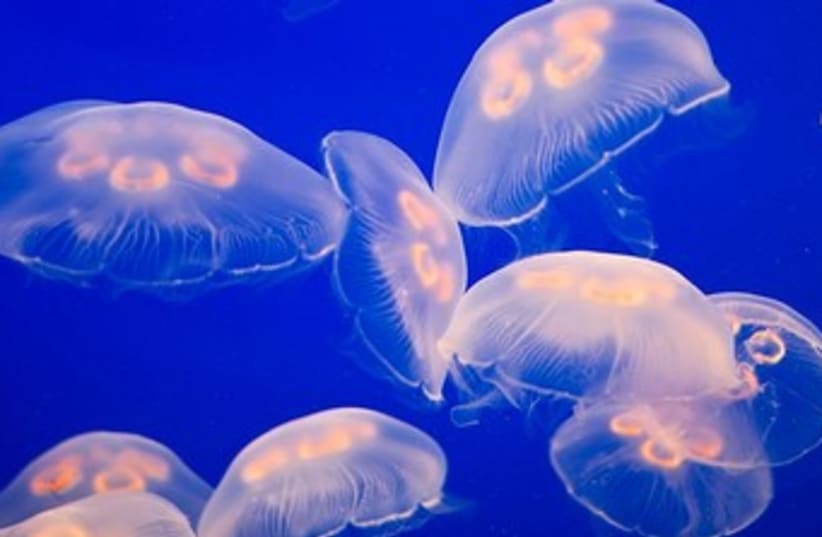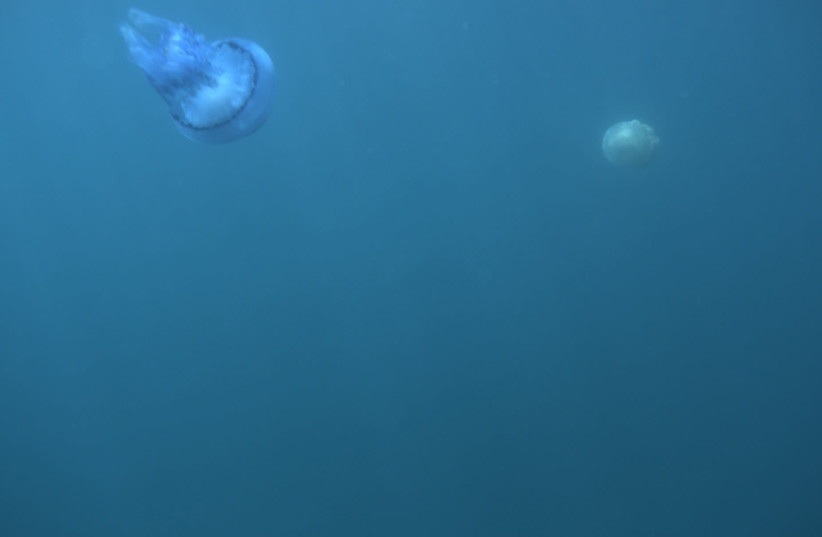Researchers have found the oldest swimming jellyfish in fossil records and published their findings on Wednesday.
The peer-reviewed article, published in the academic journal The Royal Society Publishing, records the discovery of the Burgessomedusa phasmiformis fossil which proved that jellyfish evolved over 500 million years ago.
Jellyfish are medusozoans, which means they are “a free-swimming sexual form of a coelenterate…typically having an umbrella-shaped body with stinging tentacles around the edge,” according to Oxford Languages.
Medusozoans are one of the oldest groups of animals to have existed and fall under the larger category of Cnidaria which includes other creatures like sea anemones.
“Although jellyfish and their relatives are thought to be one of the earliest animal groups to have evolved, they have been remarkably hard to pin down in the Cambrian fossil record. This discovery leaves no doubt they were swimming about at that time,” said Joe Moysiuk, one of the authors of the study.
Information about the Burgessomedusa phasmiformis fossil
The fossil is currently being held at the Royal Ontario Museum (ROM), which holds 200 different specimens of the jellyfish. Some of the specimens reach 20 centimeters in length.
These fossils are considered to be especially valuable as it is rare for jellyfish to fossilize because they are made up of 95% water. As a result, scientists have had to rely on microscopic fossilized larval stages and the results of molecular studies of living species to understand how species have evolved.
The fossils had been found in the Burgess Shale in Canada in the 1980s and 1990s, but have only now undergone testing to assess their age and other features.
“Finding such incredibly delicate animals preserved in rock layers on top of these mountains is such a wonderous discovery. Burgessomedusa adds to the complexity of Cambrian foodwebs, and like Anomalocaris which lived in the same environment, these jellyfish were efficient swimming predators,” said Dr. Jean-Bernard Caron, an author of the study. “This adds yet another remarkable lineage of animals that the Burgess Shale has preserved chronicling the evolution of life on Earth.”

